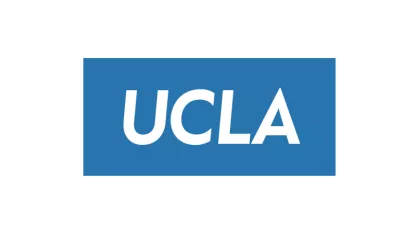
Journal Article
Assessing Violation of Local Cannabis Delivery Bans Prior to Enactment of California’s Senate Bill 1186
This study estimated the extent of cannabis deliveries in violation of local delivery bans in California to assess the need for enforcing local bans on nonmedical cannabis delivery and the relevance of expanding home deliveries of medical cannabis to any part of California (i.e. Senate Bill (SB) 1186).
Adults who used cannabis in the past month were selected from the 2021 and 2022 California Health Interview Surveys (CHIS) (n = 6,841). Delivery policies affecting study participants were determined by linking residential coordinates and corresponding jurisdictions to the California Cannabis Local Laws database. Associations between delivery policy and use of a delivery service were tested in logit models.
Findings: The two principal findings were the high percentage of deliveries to banned jurisdictions (37.6 %) and the null association between a delivery ban and use of a delivery service. Although exclusive medical users had significantly greater odds of home delivery than nonmedical cannabis users, the association was not moderated by delivery policy.
Authors conclude that violation of local cannabis delivery bans was common practice in California in 2021 and 2022. While subsequent enactment of Senate Bill 1186 reduced local delivery restrictions on medical cannabis, delivery bans on nonmedical cannabis remain common. Thus, jurisdictions that ban the activity should consider greater enforcement of delivery laws.





